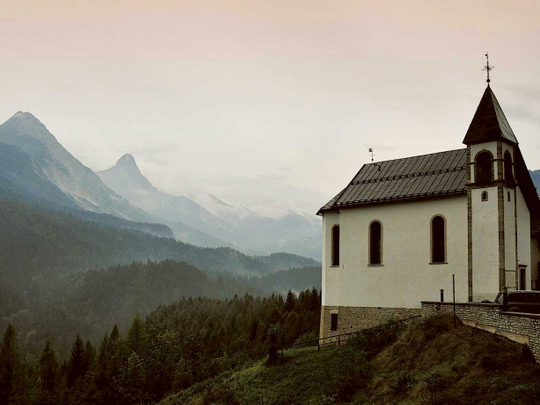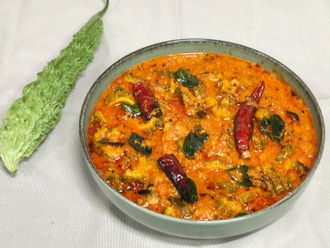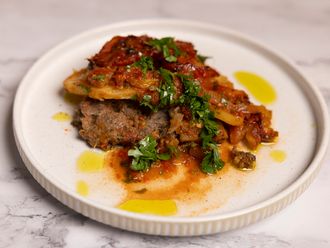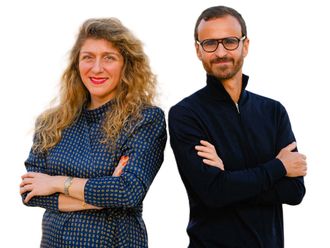
When you think Italy, you think football, pasta, ice cream. It was winter and I was in northern Italy, feeling a bit lonely. I had the number of an Italian ice cream maker, so I gave him a call. He picked me up at Dobbiaco, in the South Tirol region, and we drove through the snow to a valley just over the border in Veneto. With an expansive gesture he proclaimed: “Here, do the ice cream makers live.”
It sounded so mythical I thought there had to be a novel in it.
My novel is about an ice cream maker from Italy who has a shop in Rotterdam, where I live. It’s based on the tradition of Italian ice cream makers travelling abroad to their ice cream parlours at the end of spring and returning to Italy at the end of autumn. This migration is made by a lot of ice cream makers, to and from cities in the Netherlands, Belgium, Austria and Germany.
Half of the inhabitants in Valle di Cadore are ice cream makers or work in a gelateria. There are six or seven tiny villages in the valley, and in winter everyone’s there; but in spring and summer its empty: the pizzeria opens only at weekends and there’s no queue at the butcher’s.
In the village of Pieve di Cadore is the house where Titian, the Renaissance painter, was born and lived until he was 12. After that, he went to Venice to start painting.
Several very old men in the valley told me their great grandfathers invented ice cream. Before refrigerators, you needed ice or snow to make ice cream, and there are a lot of high mountains around there. I did a beautiful trip with two ice cream makers to the Tre Cime di Lavaredo: there are no mountains in Europe more photogenic than these three Dolomite peaks.
Elizabeth David’s book Harvest of the Cold Months tells how people collected ice and snow high in the mountains and brought it down to the cities where they added sugar and fruit.
Some people think the Chinese invented ice cream. Marco Polo is said to have brought recipes to Europe from China. But obviously Italians disagree — very strongly. Italian ice cream is different from other ice creams around the world. I went to the Mostra Internazionale del Gelato in Belluno, and you could really taste the difference. Americans like ice cream really tight, with no air in it; in real Italian ice cream, there is a lot of air to make it smooth. Australians like it with a bite or a crunch — from roasted almonds or caramel, say.
I think I’ve tasted 64 flavours of ice cream and spat out three. I’ve tried ice cream of everything — blood, bread ... You can make ice cream from anything. I tried one made from an energy drink, which was really green. In my novel, the eldest brother makes a vanilla that’s as smooth and firm “as the behind of Sophia Loren”. That’s the ultimate gelato — soft and steady at the same time.
(If you live in Dubai and want to try gelato, check out our guide.)
Gelateria Avalon, in Bolzano, calls itself an officina del gelo, because it’s really a laboratory where they make new tastes. And in Ragusa, Sicily, there’s a parlour called Gelati Divini, where I tasted olive oil and ricotta ice cream. I thought being an ice cream maker must be the best job in the world. I’m less romantic about it now. Everyone goes for ice cream in summer, but they don’t know the story of the people who make it, sometimes for 17 hours a day. It’s hard, and there are people who didn’t want to go into ice cream making but had to because of this family tradition. This is what the novel is about.
*The Ice cream Makers is out now.
















